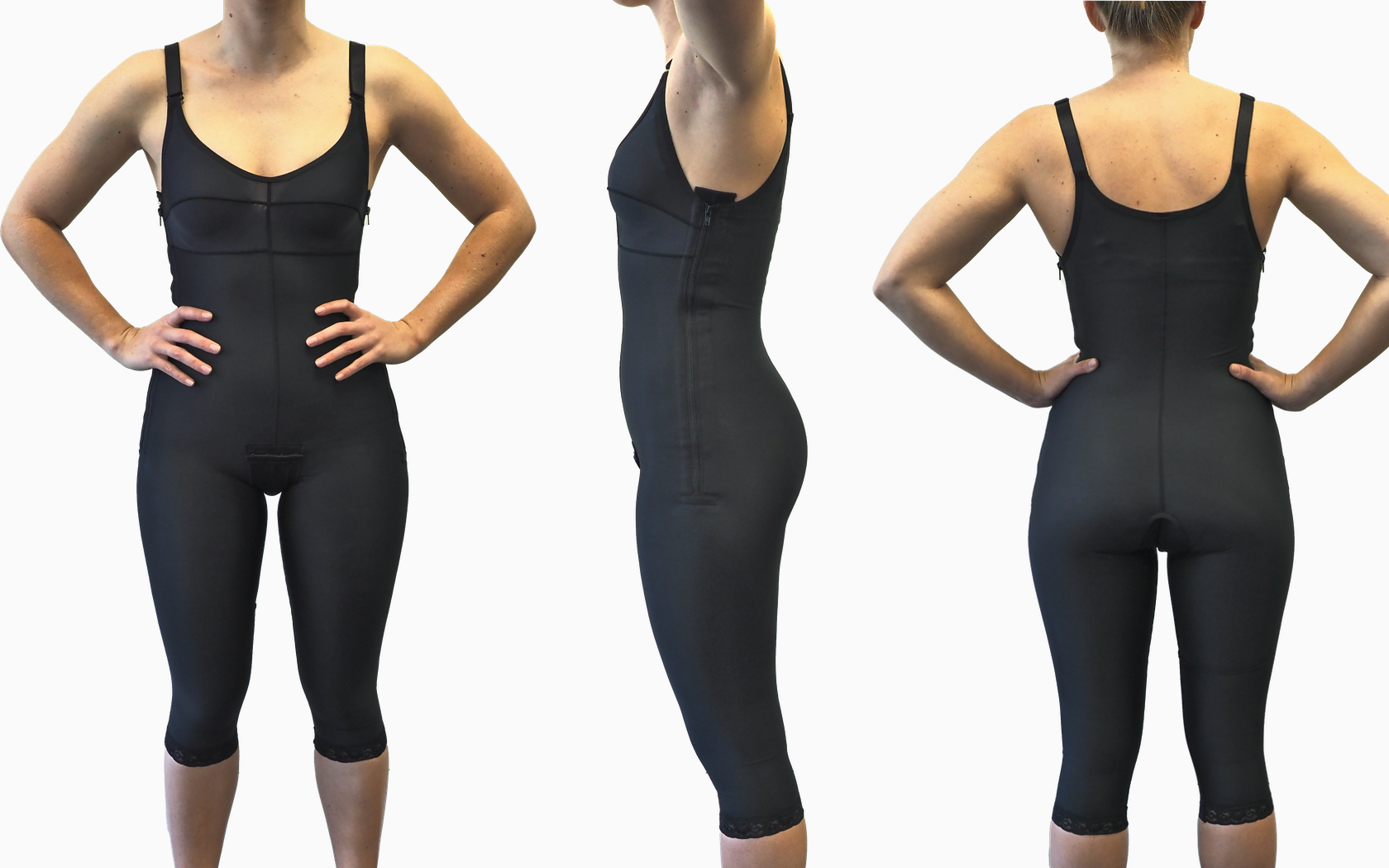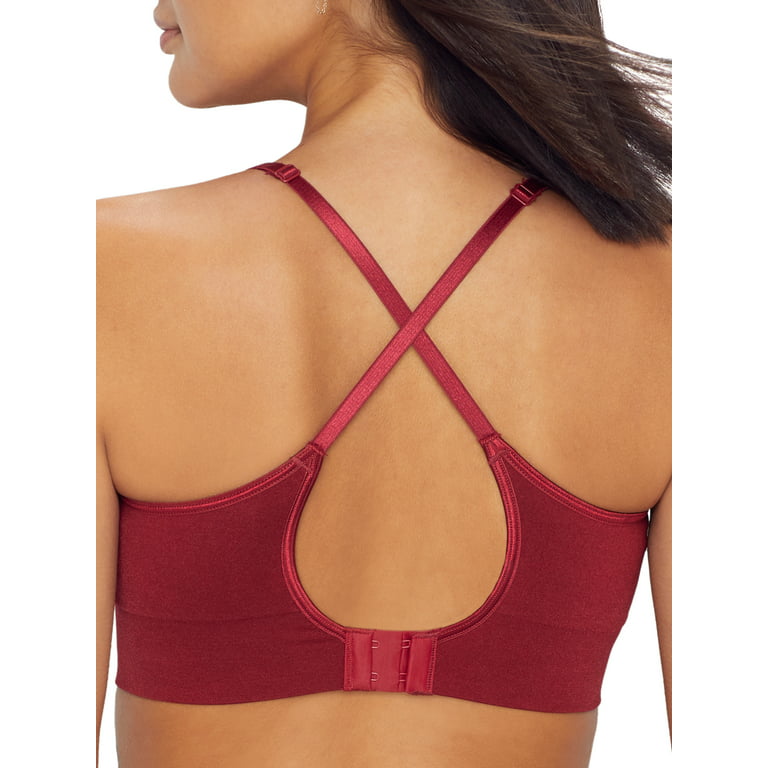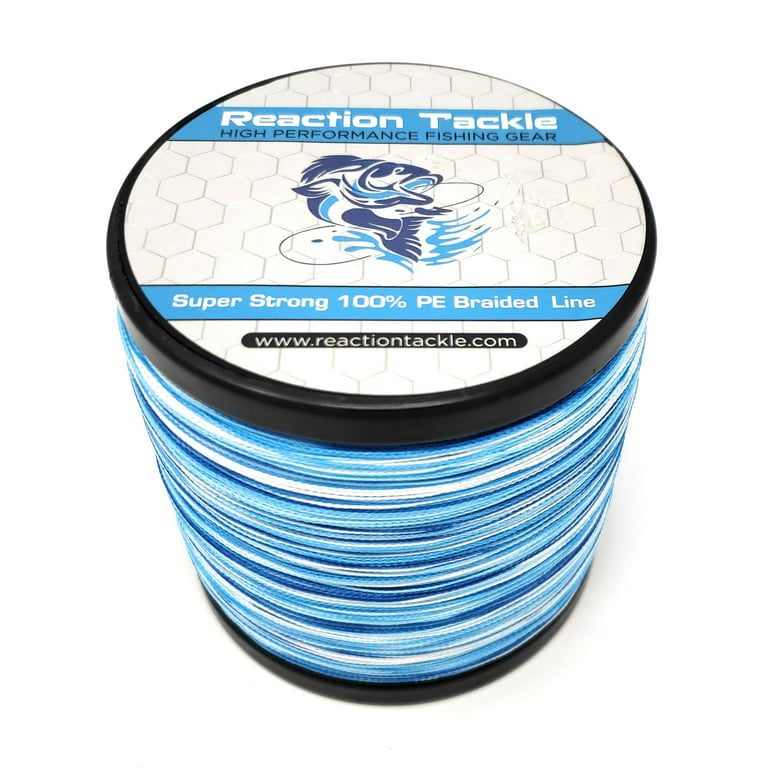
Effects of a Whole Body Compression Garment on Markers of Recovery After a Heavy Resistance Workout in Men and Women
A whole body compression garment worn during the 24-hour recovery period after an intense heavy resistance training workout enhances various psychological, physiological, and a few performance markers of recovery compared with noncompressive control garment conditions. Kraemer, WJ, Flanagan, SD, Comstock, BA, Fragala, MS, Earp, JE, Dunn-Lewis, C, Ho, J-Y, Thomas, GA, Solomon-Hill, G, Penwell, ZR, Powell, MD, Wolf, MR, Volek, JS, Denegar, CR, and Maresh, CM. Effects of a whole body compression garment on markers of recovery after a heavy resistance workout in men and women. J Strength Cond Res 24(3): 804-814, 2010-The primary purpose of this investigation was to evaluate the influence of a whole body compression garment on recovery from a typical heavy resistance training workout in resistance-trained men and women. Eleven men (mean ± SD: age, 23.0 ± 2.9 years) and 9 women (mean ± SD: age 23.1 ± 2.2 years) who were highly resistance trained gave informed consent to participate in the study. A within-group (each subject acted as their own control), balanced, and randomized treatment design was used. Nutritional intakes, activity, and behavioral patterns (e.g., no pain medications, ice, or long showers over the 24 hours) were replicated 2 days before each test separated by 72 hours. An 8-exercise whole body heavy resistance exercise protocol using barbells (3 sets of 8-10 repetition maximum, 2.0-to 2.5-minute rest) was performed after which the subject showered and put on a specific whole body compression garment one designed for women and one for men (CG) or just wore his/her normal noncompression clothing (CON). Subjects were then tested after 24 hours. Dependent measures included sleep quality, vitality rating, resting fatigue rating, muscle soreness, muscle swelling via ultrasound, reaction movement times, bench throw power, countermovement vertical jump power, and serum concentrations of creatine kinase (CK) measured from a blood sample obtained via venipuncture of an arm vein. We observed significant (p ≤ 0.05) differences between CG and CON conditions in both men and women for vitality (CG > CON), resting fatigue ratings (CG < CON), muscle soreness (CG < CON), ultrasound measure swelling (CG < CON), bench press throw (CG > CON), and CK (CG < CON). A whole body compression garment worn during the 24-hour recovery period after an intense heavy resistance training workout enhances various psychological, physiological, and a few performance markers of recovery compared with noncompressive control garment conditions. The use of compression appears to help in the recovery process after an intense heavy resistance training workout in men and women.
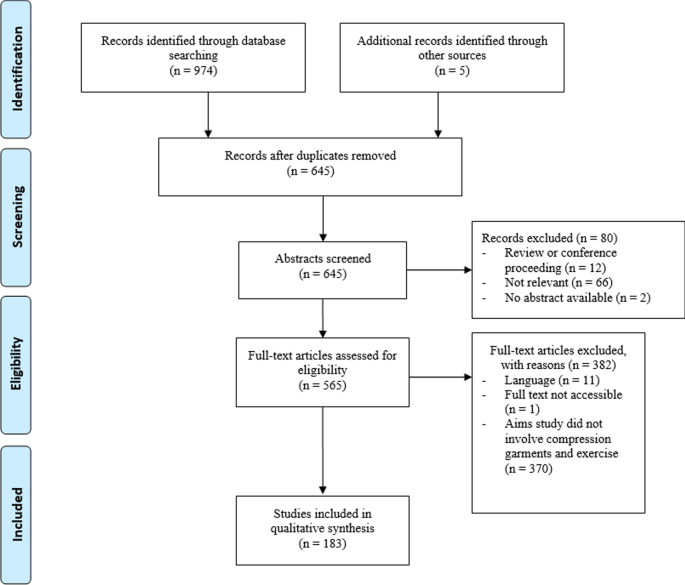
Putting the Squeeze on Compression Garments: Current Evidence and Recommendations for Future Research: A Systematic Scoping Review

PDF) Effects of a Whole Body Compression Garment on Markers of Recovery After a Heavy Resistance Workout in Men and Women
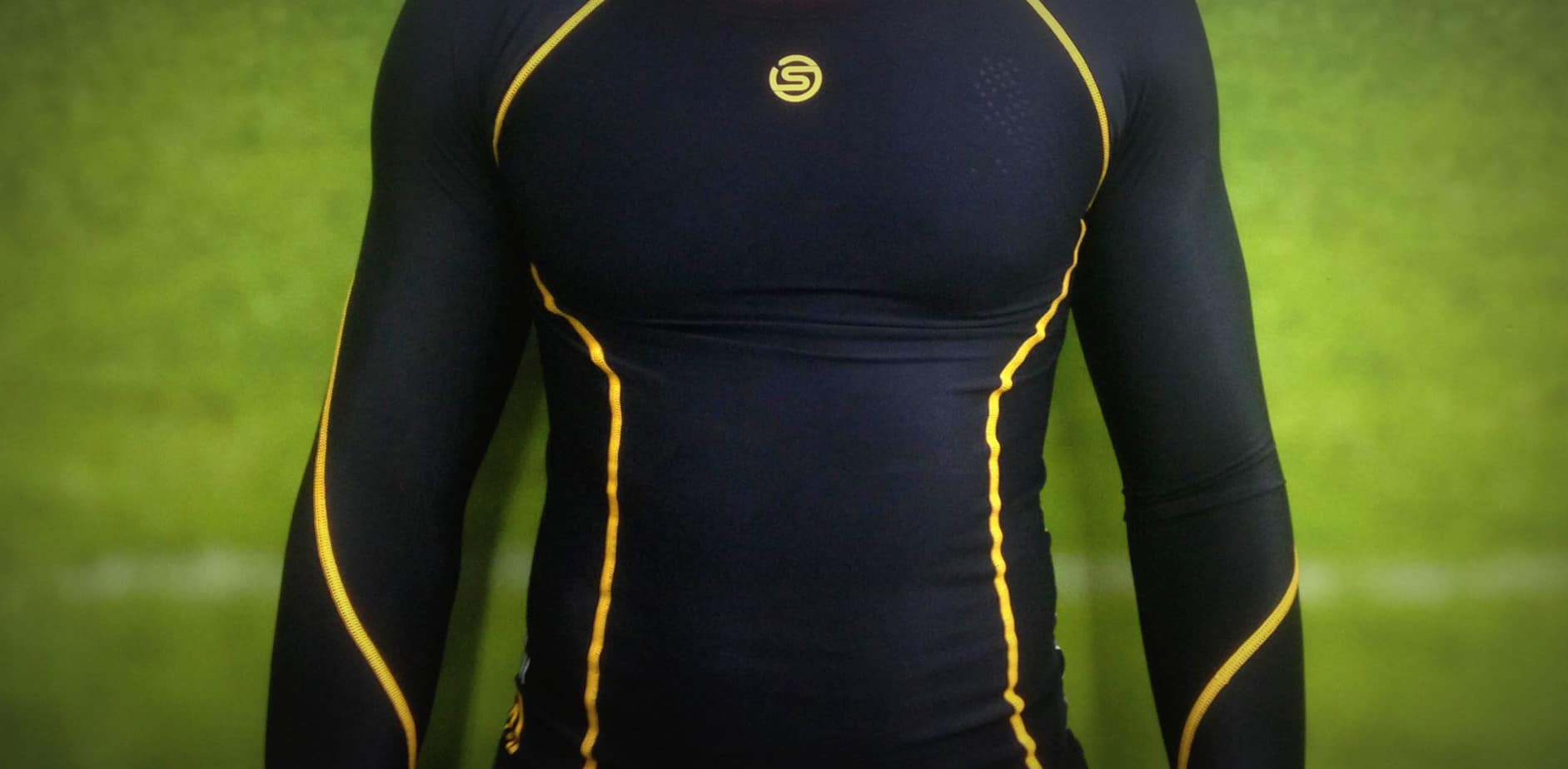
Compression Garments
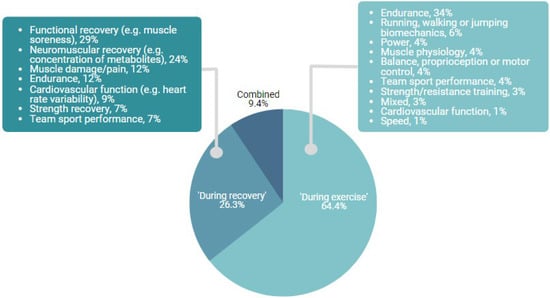
Textiles, Free Full-Text
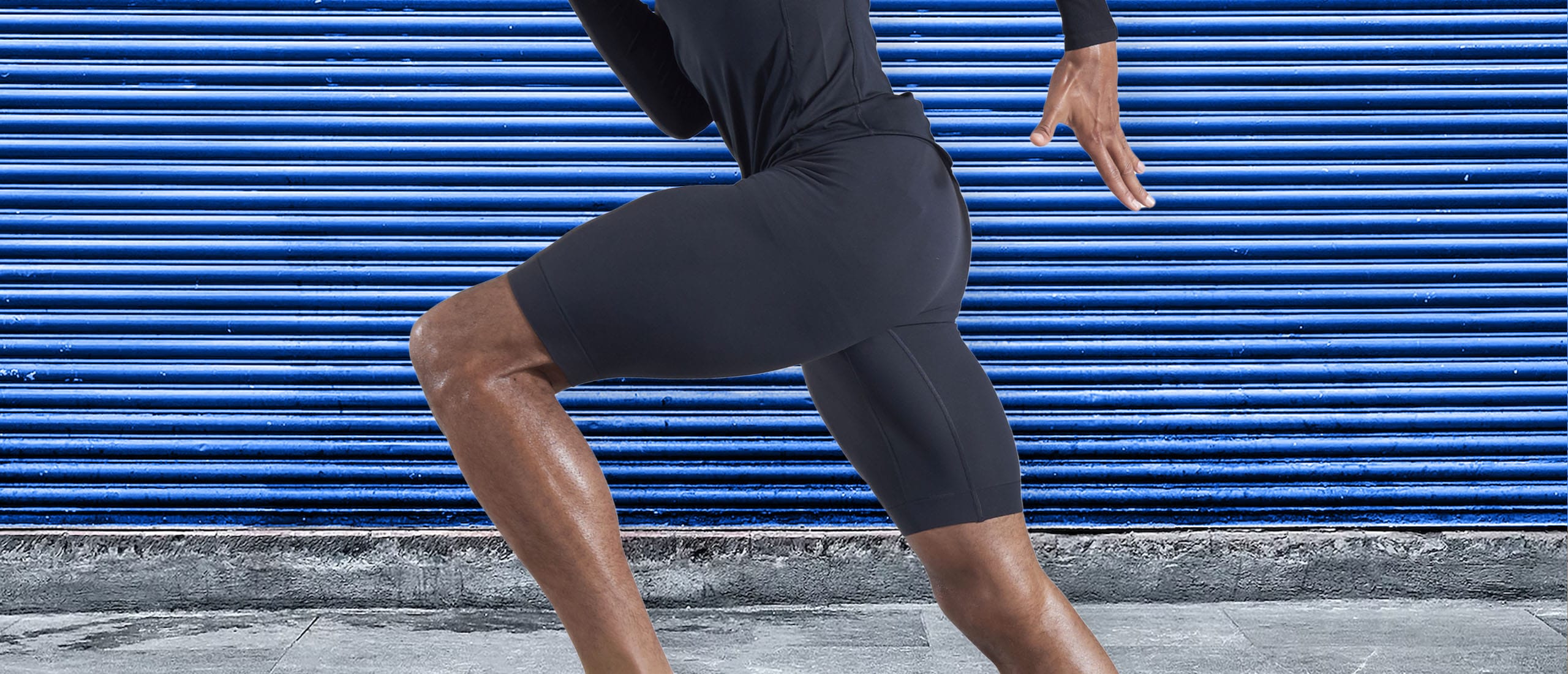
Compression Shorts for Men (2023): Tested, Ranked, Reviewed

PDF) Compression Socks and Functional Recovery Following Marathon

PDF) Effects of a Whole Body Compression Garment on Markers of Recovery After a Heavy Resistance Workout in Men and Women

PDF) Neuromuscular Compression Garments Effects on Neuromuscular Strength and Recovery

Effect of Compression Garments on Short-Term Recovery of Repeated Sprint and 3-Km Running Performance in Rugby Union Players

Heat dissipating upper body compression garment: Thermoregulatory

Effects of a Whole Body Compression Garment on Markers of Recovery After a Heavy Resistance Workout in Men and Women



